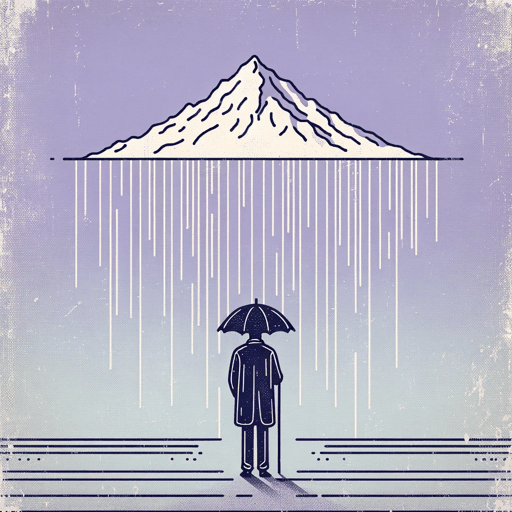40 pages • 1 hour read
N. Scott MomadayThe Way to Rainy Mountain
Nonfiction | Anthology/Varied Collection | Adult | Published in 1969A modern alternative to SparkNotes and CliffsNotes, SuperSummary offers high-quality Study Guides with detailed chapter summaries and analysis of major themes, characters, and more.
EpilogueChapter Summaries & Analyses
Epilogue Summary
The Leonid meteor shower on November 13, 1833, is one of the earliest events in the Kiowa calendars, beginning “the historical period” for the tribe (85). The Kiowa golden age was already passing, having spanned from 1740 to 1830, and left few material traces. It is still, however, in reach of memory, as demonstrated by the person of Ko-Sahn, a 100-year-old woman whom Momaday met who recalled a Sun Dance. The dance began with an old woman carrying sandy earth for the dancers in a sack upon her back. Momaday concludes by imagining that sometimes, Ko-Sahn must have dreamed herself as that woman, or seen the falling stars of 1833. The Epilogue then concludes with a poem entitled “Rainy Mountain Cemetery,” addressed to an unnamed interred person as the noonday sun casts a shadow of their name upon the headstone.
Epilogue Analysis
The Way to Rainy Mountain closes with verses written at Rainy Mountain Cemetery, with Aho dead and Ko-Sahn probably also dead. Momaday sums up many things when he writes, “It was–all of this and more–a quest, a going forth upon the way to Rainy Mountain” (88). His deliberately ambiguous pronouns, “it” and “all of this” allow the summation to apply to Ko-Sahn’s account of the Sun Dance; his own journey retracing the migrations of the Kiowas, and the entire resultant book.


